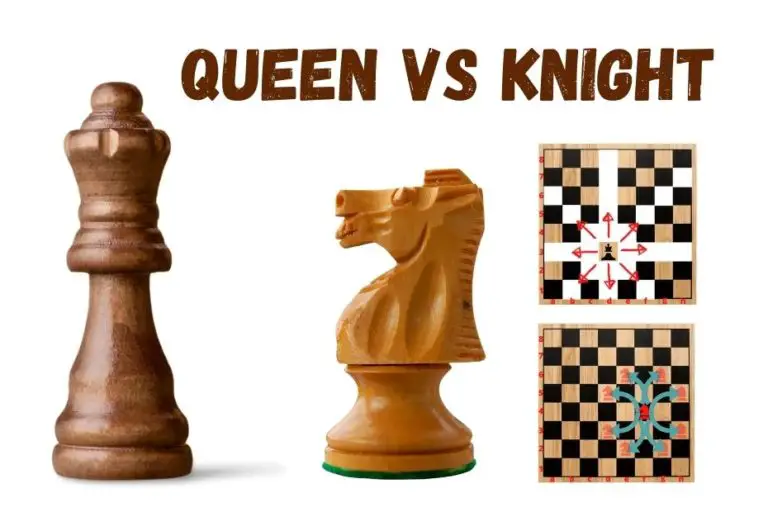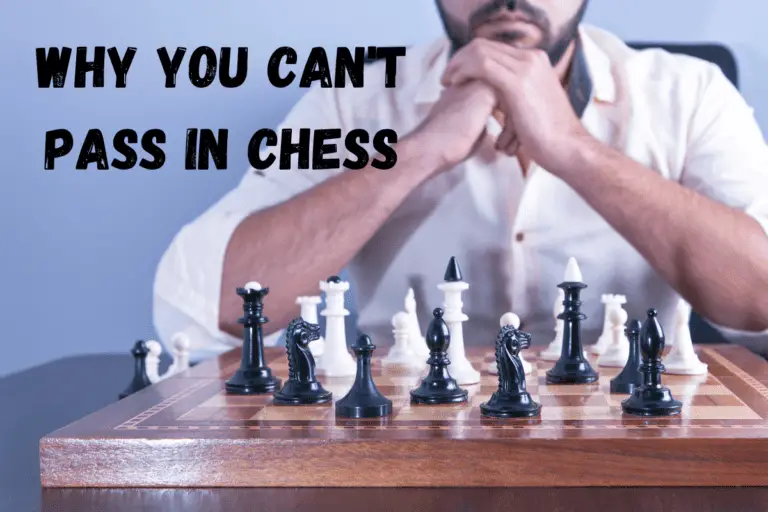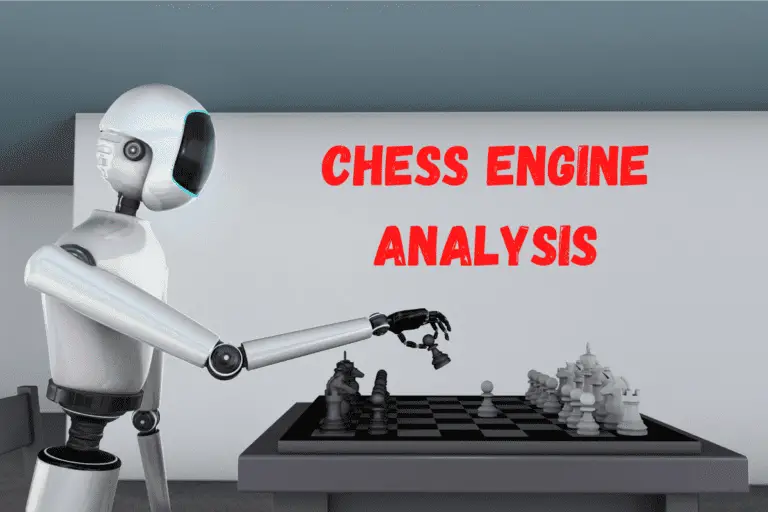Pawn Captures: (ITS First Move – THE First Move) The Difference
⭐⭐⭐ Take 4 minutes to read and improve your chess game ➡️ : This article was first published on, and is Copyright of Chessquestions.com
Pawns are tricky little things that grow in value as a game of chess continues toward the end game, but there is a question that is often asked in two different ways about the pawn’s ability to capture at the start of a game, each has a different answer and is very dependant on the beginning position of the pawns on the 2nd rank and the 7th rank of the chess board.
- Q – Can a pawn capture on ITS first move? – A. Yes
- Q – Can a pawn capture on THE first move? – A. No
The big difference here is the modifiers ‘ITS’ and ‘THE’ in each of the questions, it defines the question quite differently in each case, and as a result, the answers differ too. So let’s set out those questions and answers clearly so there is no confusion.
Can a Pawn Capture on Its First Move?
Pawns can capture an enemy piece on its first move in a chess game should there be an available enemy piece on a diagonally adjacent square on the board. For this to happen the opponent’s piece would have to be located on the third rank for a white capture or 6th rank for black to be able to capture.
In the example below, we see how the black pawn on b7 is able to capture white’s pawn on c6. This will be the first move for this particular pawn, therefore a pawn can capture on its first move if material is available on a diagonally adjacent square.
- 1. e4 e5
- 2. Nf3 Nc6
- 3. Bb5 Nf6
- 4. d3 Bc5
- 5. O-O d6
- 6. Re1 O-O
- 7. Bxc6 bxc6
This is not THE first move of that game which is how the question is sometimes asked. There have been 6 moves for each side up to this point, and white has made the 7th move before black captures with the first move for their pawn with 7…bxc6

I have used some algebraic notation above to identify the moves that have been made.
The chances are if you are looking for the answer to the questions answered on this page, you may not yet be familiar with the chess notation system to record chess moves. The guide below will help and then we will move on to if a Pawn can capture it THE first move.

Can A Pawn Capture On The First Move?
The other way the question is asked is if the pawn can capture on THE first move, presumably meaning the first move of the white of black pieces in a game, in this case:
Pawns can not capture as the first move of a chess game. When white makes the first move, there are no black pieces available to capture and white can not make the first move into a position allowing a capture on THE first move for black in a game. The answer is 100%, no, in this case.
So yeah, this is a really simple answer because a white pawn is the chess piece that most often makes the first move on the chess board
Basics of Pawn Moves in Chess
Whilst the pawn is considered the least valuable piece on the chess board, do not underestimate how it can work for you both strategically and defensively. It is also more versatile than at first glance, so let’s take a closer look at how far a pawn can move in chess.
Pawns move single vertical squares forwards with 1 exception. Initial moves can be 2 squares forward, or when capturing an opponent piece, a pawn can move 1 square diagonally. After any first move, only single square advancements are an option. Any piece directly in front of a pawn prevents advancement.
Pawns can neither Jump nor ever move backward!
Whilst pawns are considered the least valuable material in chess they become exponentially more valuable when becoming a ‘passed pawn‘
Want to learn more about moving your pawns in chess? Read on for some essential things to remember when using your pawns to best effect in chess. The first move you will make, in almost every case, will be a Pawn, so which pawn should you move first?
I’ve much more information on the abilities of the pawn in chess in another guide you can find below. it covers every piece as well as more about the humble but equally important pawn in chess.

How do pawns capture?
Pawns can only move vertically on the board with the exception of a capture opportunity on a diagonally adjacent square.
A pawn can move one adjacent square diagonally forward ONLY to make a capture of an opposing piece. In either a standard capture or ‘En Passant’ move. A pawn can never move backward
If a diagonal square forwardly adjacent is not occupied by an opponent’s piece, a Pawn can not move to it, limited to only a 1 square vertical movement in a forwards direction.
Summary
I hope you have enjoyed this short article and if there was any confusion about how pawns capture and indeed how quickly they can do so, then you have found your answer.
There is no need to make it any more complicated than has been set out above
There is more to a pawn than being a simple sacrificial lamb in a game of chess, they possess the ability for a couple of special moves in chess that no other pieces have, in ‘En Passant’ and ‘Pawn Promotion’

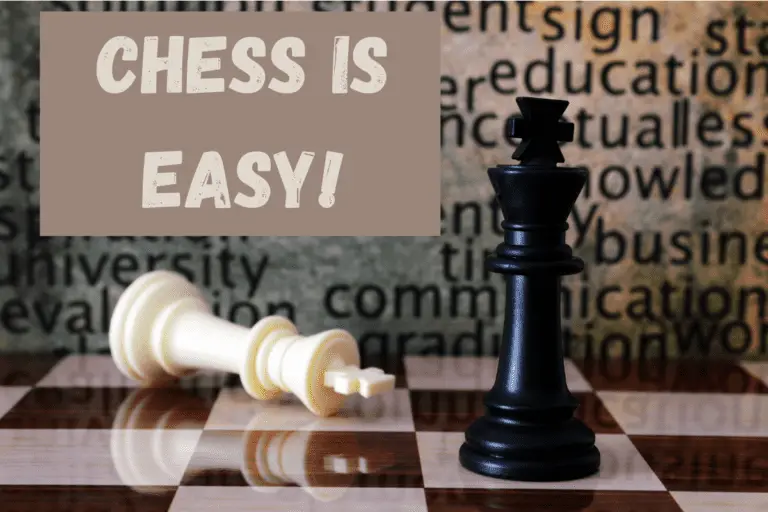
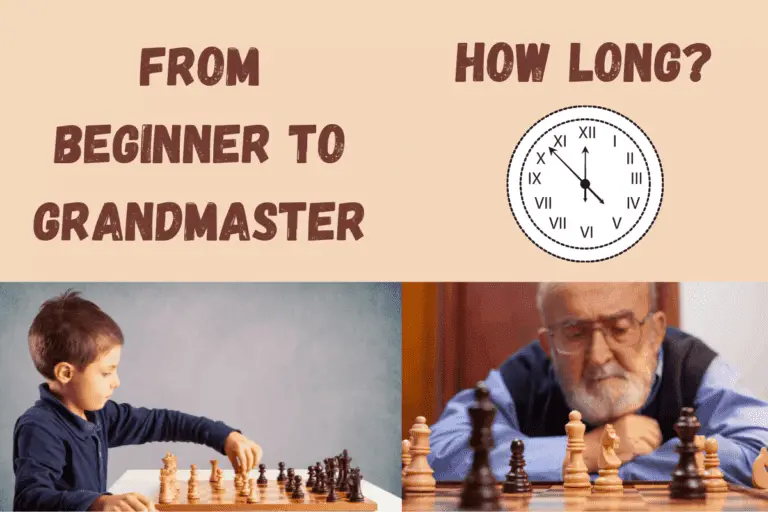
![[Explained in English] Does Chess Make You Smarter?](https://chessquestions.com/wp-content/uploads/2021/01/can-chess-make-you-smarter-768x512.png)
